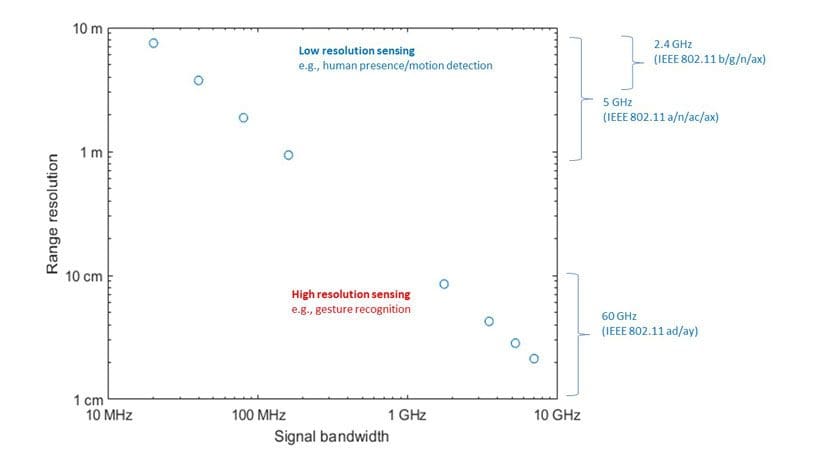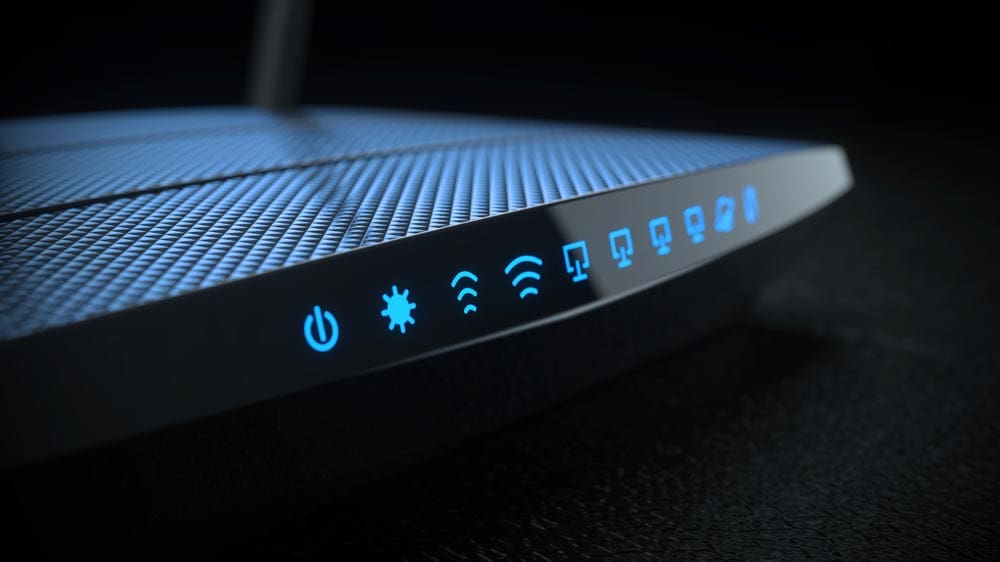The IEEE 802.11™ standards family, the core technology behind Wi-Fi®, has continually been modified and enhanced to meet industry demands for robust and reliable wireless connectivity. A recently approved project, IEEE 802.11bf™ for WLAN sensing, holds promise for making even greater use of 802.11 technology.
This standardization project aims to enhance the reliability and efficiency of WLAN sensing and establish interoperability of wireless devices to enable a wide range of new and useful applications.
Measurements obtained with WLAN sensing can be used to support new industrial and commercial applications in semiconductor manufacturing, enterprise networking, and test and measurement equipment. The standard will also benefit end user applications, such as home security, entertainment, energy management (HVAC, light, device power savings), home elderly care, and assisted living.
How WLAN sensing Works
IEEE 802.11bf will enable stations to inform other stations of their WLAN sensing capabilities and request and set up transmissions that allow for WLAN sensing measurements to be performed, among other features. WLAN sensing makes use of received WLAN signals to detect features of an intended target in a given environment. The technology can measure range, velocity, and angular information; detect motion, presence, or proximity; detect objects, people, and animals; and be used in rooms, houses, cars, and enterprise environments. The targeted frequency bands are between 1 GHz and 7.125 GHz (MAC/PHY service interface) and above 45 GHz (MAC/PHY).
Where previously sensors or cameras have been required for remote monitoring, WLAN sensing utilizes the devices already present on the 802.11 network in order to conduct tracking and monitoring, thus alleviating the need for specific monitoring devices. What’s more, 60 GHz 802.11 technology will provide even greater tracking and resolutions that can be leveraged for gesture recognition in gaming applications, enhanced remote health monitoring and services, and much more.
Use Case Example 1
- Multiple devices diversity: Makes use of 802.11 devices found in various locations inside the house
- Different rooms/floors could be “sensed”
- High level of device diversity, wide coverage
- Applications
- Home security and safety
- Energy management and control
- HVAC, light, device power save
- Home elderly care and assisted living
Use Case Example 2
- mmWave: 60GHz 802.11 technology offers better performance to detect/track movement.
- Higher resolution
- Higher accuracy
- Applications
- More than just a teleconferencing tool to speak with your physician, upon consent, your laptop could also be able to provide your physician with viral data, both historical and in real time.
WLAN Sensing will be applicable across a number of IEEE 802.11 standard amendments operating at different frequency bands and bandwidths. The following chart maps out these applications.

Get Involved with the Project
A WLAN sensing standard is needed to fill in technical gaps in order to enhance reliability, reduce overhead, and enable new applications. This will require defining a common interface that allows for interoperability, reduces costs for stakeholders, and broadens availability to spur innovation.
The IEEE 802.11bf project was formed in September 2020 and it is expected to be completed by late 2024.
Current participants are from academic groups, research labs, and industry. The IEEE 802.11 Working Group encourages and welcomes participation in the standard development process.
In coming months, most of the discussions are expected to be centered on:
- Identification of applications.
- Discussion of models, tools, and methodology.
- Definition of functional requirements.
- High-level discussion of technical features.
Learn More About and Participate in IEEE 802.11 Working Group
Authors:
- Tony Xiao Han, Chair of IEEE 802.11bf (WLAN Sensing)
- Assaf Kasher, Vice-Chair of IEEE 802.11bf (WLAN Sensing)
- Claudio da Silva, Technical Editor of IEEE 802.11bf (WLAN Sensing)









Thank you for sharing this wonderful post. The latest WLAN sensing features such as range, velocity, angle, motion are likely to be very useful.
Thank you for sharing this wonderful post.I already searching for this topic but i get this information 100% true.